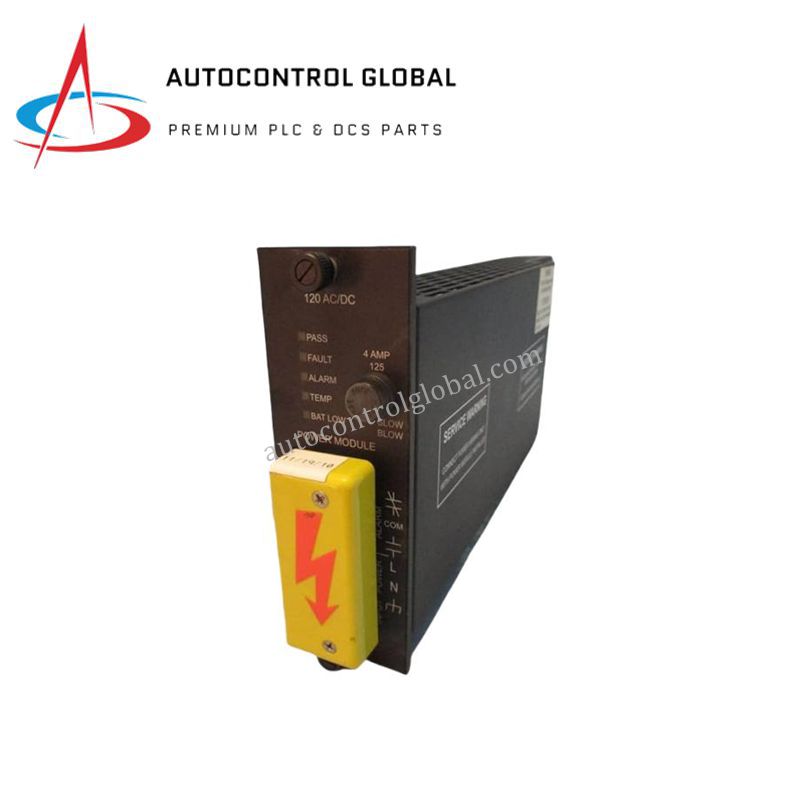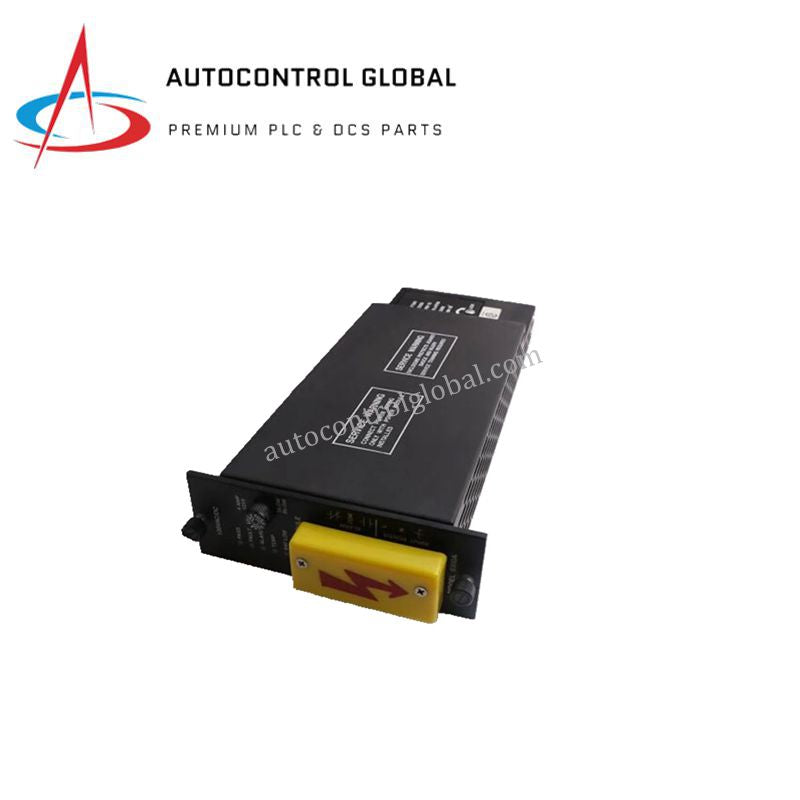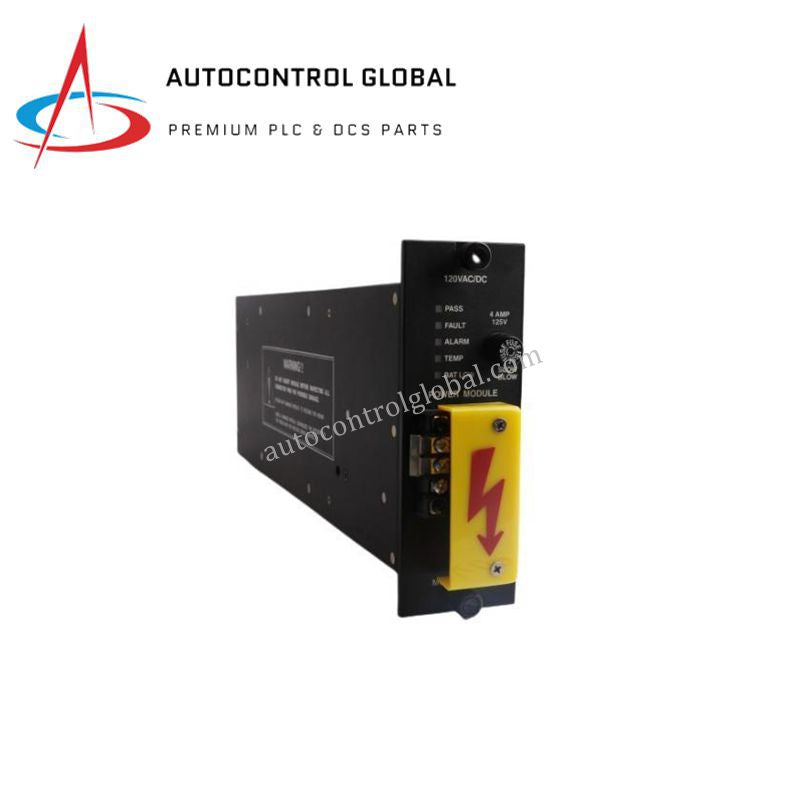


Triconex 8300A | Controlador de Redundancia Modular Triple
Manufacturer: Bently Nevada
-
Part Number: 8300A
Condition:New with Original Package
Product Type: Controlador de Redundancia Modular Triple
-
Country of Origin: USA
Payment:T/T, Western Union
Shipping port: Xiamen
Warranty: 12 months
TRICONEX 8300A | Módulo Controlador de Seguridad TMR
Descripción del Producto
El TRICONEX 8300A es un controlador de seguridad de Triple Redundancia Modular (TMR) de alta fiabilidad diseñado para Sistemas Instrumentados de Seguridad (SIS). Proporciona tolerancia a fallos, operación continua y cumplimiento SIL3 para aplicaciones críticas.
Este módulo es adecuado para Parada de Emergencia (ESD), Sistemas de Detección de Incendios y Gas (F&G) y Sistemas de Protección de Presión de Alta Integridad (HIPPS). Soporta industrias como petróleo y gas, procesamiento químico, generación de energía y transporte ferroviario. El 8300A integra autodiagnósticos, módulos intercambiables en caliente y comunicación redundante, asegurando alta disponibilidad en entornos críticos de seguridad.
Especificaciones Técnicas
| Especificación | Detalles |
|---|---|
| Número de Modelo | 8300A |
| Fabricante | Triconex (Schneider Electric) |
| Tipo de Producto | Módulo Controlador de Seguridad TMR / Módulo de Fuente de Alimentación |
| Arquitectura | Triple Redundancia Modular (TMR) |
| Certificación de Seguridad | SIL3 (IEC 61508 / IEC 61511) |
| Tipo de Procesador | Microprocesador de 32 bits |
| Tiempo de Ciclo de Escaneo | Típico 10 ms |
| Protocolos de Comunicación | Modbus, OPC, TCP/IP |
| Características de Diagnóstico | Autodiagnósticos, módulos intercambiables en caliente |
| Registro de Eventos | Grabación de Secuencia de Eventos (SOE) |
| Fuente de Alimentación | Soporte redundante de alimentación y comunicación |
| Montaje | Montaje en rack |
| Peso | 1.3 kg |
| País de Origen | EE.UU. |
| Condición | Nuevo, en stock |
| Aplicaciones | ESD, F&G, HIPPS, integración SIS |
Preguntas Frecuentes
P1: ¿Qué certificación de seguridad tiene el 8300A?
R1: El TRICONEX 8300A está certificado SIL3 bajo IEC 61508 / 61511.
P2: ¿Qué industrias usan el módulo 8300A?
R2: Se usa en petróleo y gas, procesamiento químico, generación de energía y transporte ferroviario.
P3: ¿Cuál es el tiempo de ciclo de escaneo?
R3: El ciclo de escaneo típico es de 10 milisegundos, soportando monitoreo en tiempo real.
P4: ¿Se puede mantener el módulo sin apagar el sistema?
R4: Sí, los módulos intercambiables en caliente permiten mantenimiento sin tiempo de inactividad.
P5: ¿Qué protocolos de comunicación se soportan?
R5: Soporta Modbus, OPC y TCP/IP para integración del sistema.
